Page 17 of 212

Electric lumbar adjustment: when
the ignition device is at MAR, press
button A fig. 14 to adjust the lumbar
area support, until getting the maximum
comfort while driving.
ELECTRICALLY
ADJUSTED FRONT SEATS
5)The control buttons (on the outside of
the seat) can be used to adjust the
height, the lengthwise position in
relation to the vehicle and the angle of
the backrest.
Height adjustment: use the front or
rear part of the switch A fig. 15 to
modify the height and/or the angle of
the seat cushion.
Longitudinal adjustment: press
switch A forwards or backwards to
move the seat in the corresponding
direction.Backrest angle adjustment: press
switch B forwards or backwards to
adjust the backrest angle.
Electric lumbar adjustment: use the
joystick C to actuate the lumbar area
device until getting top comfort while
driving.
FRONT SEAT ELECTRIC
HEATING
With ignition device at MAR, press the
fig. 16 buttons.Two heating levels can be selected:
"minimum heating" (one orange LED lit
on the buttons) / "maximum heating"
(two orange LEDs lit on the buttons).
After selecting one heating level, you
need to wait for a few minutes until
warm air flows into the compartment.
IMPORTANT To preserve the battery
charge, this function cannot be
activated when the engine is off.
REAR SEATS
Partial extension of the
luggage compartment (1/3
or 2/3)
6)Proceed as follows:
❒remove the parcel shelf, if present;
❒completely lower the rear seat head
restraints;
❒move the seat belt to the side,
making sure that it is fully extended and
not twisted;
❒actuate lever A fig. 17 to tilt the left or
right part of the backrest: it will
automatically tilt forward. If necessary,
accompany the backrest during the
initial stage of tilting. When you lift the
lever, you will see a red mark.
14J0A0399C
15J0A0044C
16J0A0047C
15
Page 18 of 212

Repositioning the backrests
Move the seat belts to the side,
making sure that they are correctly
extended and not twisted.
Lift up the backrests and push them
back until a click is heard for both
hooking mechanisms, at the side. Make
sure that "red marks" on levers A fig.
17 are not visible any more. The "red
mark" means that the backrest was not
hooked properly.
13)
WARNING
11)Any adjustment must be performed
with the vehicle at a standstill.
12)After releasing the adjustment lever,
always check that the seat is locked on the
guides by trying to move it back and forth.
If the seat is not locked into place, it may
unexpectedly slide and cause the driver to
lose control of the vehicle.13)Make sure that the backrests are
correctly secured on both sides ("red
marks" not visible) to prevent it from
moving forward in the event of sharp
braking, causing injuries to occupants.
WARNING
4)The fabric upholstery for the seats has
been designed to withstand long-term
wear deriving from normal use of the
vehicle. Nevertheless, some precautions
are required. Avoid prolonged and/or
excessive rubbing involving clothing
accessories such as metal buckles,
bosses, Velcro strips and the like, which,
by applying a high pressure on the fabric in
a limited area, could cause it to break,
thereby damaging the upholstery.
5)Do not arrange objects beneath the
electrically adjustable seat and do not
impede its movement, since the controls
may be damaged. They may also restrict
the seat travel.
6)Before tilting the backrest, remove any
objects laying on the seat.
HEAD RESTRAINTS
ADJUSTMENTS
14)Upwards adjustment: raise the head
restraint until it clicks into place.
Downwards adjustment: press
button A fig. 18 and fig. 19 and lower
the head restraint.
17J0A0045C
18J0A0057C
19J0A0058C
16
GETTING TO KNOW YOUR CAR
Page 19 of 212

REAR HEAD RESTRAINTS
(removal)
Proceed as follows to remove the head
restraints:
❒raise the head restraints to their
maximum height;
❒press buttons A and B fig. 19 at the
side of the two supports, then remove
the head restraints by pulling them
upwards.
WARNING
14)The head restraints must be adjusted
so that the head, rather than the neck,
rests on them. Only in this case can they
protect your head correctly.
STEERING WHEEL
15) 16)
ADJUSTMENTS
The steering wheel can be adjusted
both in height and in depth.
To adjust, move lever A fig. 20
downwards to position 1, then adjust
the steering wheel to the most suitable
position and lock it in position by
moving lever A to position 2.
ELECTRIC STEERING
WHEEL HEATING
With ignition device at MAR, press
button
on the dashboard fig. 21.
When the function is enabled, the LED
on the button switches on.
IMPORTANT If this function is activated
with engine off the battery may run
down.
WARNING
15)Any adjustment of the steering wheel
position must be carried out only with
the vehicle stationary and the engine
turned off.
16)It is absolutely forbidden to carry out
any after-market operations involving
steering system or steering column
modifications (e.g. installation of anti-theft
device) that could adversely affect
performance and safety, invalidate the
warranty and also result in the vehicle not
meeting type-approval requirements.
20J0A0056C
21J0A0048C
17
Page 20 of 212

REAR VIEW
MIRRORS
INTERIOR MIRROR
The mirror is fitted with a safety device
that causes its release in the event of
a violent impact with the passenger.
Operate lever A fig. 22 to adjust the
mirror into two different positions:
normal or anti-glare.
ELECTROCHROMIC
INTERIOR MIRROR
On some versions, an electrochromic
mirror is available, that can
automatically modify its reflecting action
to prevent dazzling the driver fig. 23
The electrochromic mirror has an
ON/OFF button to activate/deactivate
the electrochromic anti-glaring function.
DOOR MIRRORS
Electric adjustment
17)The mirrors can only be adjusted with
the ignition device at MAR.
Select the desired mirror using device A
fig. 24:
❒device in position 1: left mirror
selected;
❒device in position 2: right mirror
selected.To adjust the selected mirror, press
button B fig. 24 in the four directions
shown by the arrows.
IMPORTANT Once adjustment is
complete, rotate device A fig. 24 to
position 0 to prevent accidental
movements.
Electrical mirror folding
To fold the mirrors, press button C fig.
24. Press the button again to restore
the mirrors to the driving position.
WARNING The mirrors must always be
open while driving and should never
be folded.
WARNING
17)As the driver's door mirror is curved, it
may slightly alter the perception of
distance.22J0A0060C
23J0A0059C
24J0A0061C
18
GETTING TO KNOW YOUR CAR
Page 21 of 212

EXTERIOR LIGHTS
LIGHT SWITCH
Light switch A fig. 25, located on the
left side of the dashboard, controls
operation of headlights, side lights,
daytime running lights, dipped beam
headlights, fog lights, rear fog lights and
instrument panel indicator and control
button graphic lighting regulation.
The exterior lights can only be switched
on when the ignition device is at MAR.
The instrument panel and the various
controls on the dashboard will be lit up
when the exterior lights are switched
on.
AUTO FUNCTION(Dusk sensor)
(where provided)
This is an infrared LED sensor that
works in conjunction with the rain
sensor and is located on the
windscreen. It is able to detect
variations in outside lighting based on
the light sensitivity and adjusts the
display Menu or theUconnect™
system.
The higher the sensitivity, the lower the
amount of external light needed to
switch the lights on.
Function activation: turn the light
switch to AUTO.
Function deactivation: turn the light
switch to a position other than AUTO.
IMPORTANT This function can only
be activated with the ignition device at
MAR.
DIPPED BEAM
HEADLIGHTS
Turn the ignition switch toto switch
on the side lights, the instrument panel
lights and the dipped beam headlights.
The
warning light switches on in
the instrument panel.
DAYTIME RUNNING
LIGHTS (DRL)
"Daytime Running Lights"
(where provided)
18) 19)With the ignition device turned to MAR
and the light switch turned to position
Othe daytime running lights are
automatically activated; the other lights
and interior lighting remain off.
With the ignition device turned to STOP,
bring the light switch to position
to switch on the side lights, the
instrument panel lights and to switch off
the daytime running lights.
FOG LIGHTS(for versions/markets where provided)
With side lights and dipped beam
headlights on, press switch
to
switch on the fog lights.
To switch off the fog lights press the
switch again or turn it to positionO.
REAR FOG LIGHT
Press buttonto switch the light
on/off.
The rear fog light switches on only
when the dipped beam headlights or
fog lights are switched on. The light
switches off by pressing button
or
by switching off the main beam
headlights or the fog lights.
25J0A0062C
19
Page 22 of 212

PARKING LIGHTS
These lights can be switched on with
ignition device at STOP or with key
removed, by moving the light switch to
positionOand then to position
.
The
warning light switches on
in the instrument panel.
HEADLIGHTS OFF TIMER
Function activation: with lights on,
bring the ignition device to STOP. Then
switch off the headlights within 45
seconds: timing will start when the light
switch is turned toO.
IMPORTANT To activate this functions
the headlights must be deactivated
within 45 seconds after the ignition
device has been taken to STOP.
Function deactivation: this function is
deactivated by switching on the
headlights, the side lights or bringing
the ignition device to MAR. If the
headlights are switched off before
ignition, they will go out normally.
MAIN BEAM HEADLIGHTS
To activate the fixed main beam
headlights push left lever A fig. 26
(vehicle travel direction). The light
switch must be turned toAUTOor
.
The unstable position is activated by
pulling the lever towards you.With main beam headlights on, the
warning light on the instrument
panel will come on at the same time.
The main beam headlights are
deactivated bringing the lever back to
the central stable position. Warning light
switches off in the instrument
panel.
Automatic main beam
headlights
This function is enabled with the display
Menu or theUconnect™system,
and with the light switch turned to
AUTO.
The first time the main beam headlights
are activated (pushing the left lever),
the function is activated (green warning
light
come on in the instrument
panel).
If the main beam headlights are actually
on, the blue warning light
will also
come on in the instrument panel.To deactivate the automatic function
rotate the light switch ring nut to
position
.
DIRECTION INDICATORS
Bring left lever A fig. 26 to the (stable)
position:
❒upwards: activates the right direction
indicator;
❒downwards: activates the left
direction indicator.
"Lane Change" function
If you wish to signal a lane change,
place the left lever in the unstable
position for less than half a second. The
direction indicator on the side selected
will flash five times and then switch
off automatically.
HEADLIGHT ALIGNMENT
ADJUSTMENT
Headlight alignment
corrector
This device only works with the ignition
device at MAR and the dipped beam
headlights on.
To adjust rotate ring nut A fig. 27.
❒Position 0: one or two people on the
front seats;
❒Position 1: 4 passengers
❒Position 2: 4 passengers + load in
the luggage compartment
26J0A0063C
20
GETTING TO KNOW YOUR CAR
Page 23 of 212

❒Position 3: driver + maximum
permitted load stowed only in the
luggage compartment
IMPORTANT Check the headlight
alignment each time the weight of the
load transported changes.
INSTRUMENT PANEL AND
CONTROL BUTTON
GRAPHICS BRIGHTNESS
ADJUSTMENT
With side lights or headlights on, turn
ring nut B fig. 27 upwards to increase
light brightness of the instrument panel
and of the control button graphics, or
turn the ring nut downwards to
decrease it.
WARNING
18)The daytime running lights are an
alternative to the dipped beam headlights
for driving in countries where it is
compulsory to have lights on during the
day; where it is not compulsory, the use of
daytime running lights is permitted.
19)Daytime running lights cannot replace
dipped beam headlights when driving at
night or through tunnels. The use of
daytime running lights is governed by the
highway code of the country in which
you are driving. Comply with legal
requirements.
INTERIOR LIGHTS
FRONT COURTESY
LIGHTS
Switch A fig. 28 is used to switch on/off
the courtesy lights bulbs.
Switch positions:
❒central position: lights C and E switch
on/off when the doors are opened/
closed;
❒pressed to the left (position OFF):
lights C and E are always switched off;
❒pressed to the right (position
):
lights C and D are always switched on.
The lights switch on/off gradually.
Switch B fig. 28 switches light C on/off.
Switch D fig. 28 switches light E on/off.
27J0A0064C
21
Page 24 of 212

WINDSCREEN/REAR
WINDOW WIPER
WINDSCREEN
WIPER/WASHER
20)7) 8)
This operates only with the ignition
device at MAR.
Ring nut A fig. 29 can be set to the
following positions:
windscreen wiper off.
1intermittent operation (low
speed)
2intermittent operation (high
speed);
LOWcontinuous slow operation.
HIGHcontinuous fast operation.Move the stalk upwards (unstable
position) to activate the MIST function:
operation is limited to the time for which
the stalk is held in this position. When
released, the stalk will return to its
default position and the windscreen
wiper will be automatically stopped.
This function is useful to remove small
deposits of dust from the windscreen,
or morning dew.
IMPORTANT This function does not
activate the windscreen washer;
windscreen washer fluid will not
therefore be sprayed onto the
windscreen. To spray windscreen
washer fluid onto the windscreen, the
washing function must be used.
With ring nut A in position1
or2
, the windscreen wiper will
automatically adapt its operating speed
to the speed of the vehicle.
"Smart washing" function
Pull the lever towards the steering
wheel (unstable position) to operate the
windscreen washer.
Keep the stalk pulled to activate both
the windscreen washer jet and the
windscreen wiper with a single
movement; the latter turns on
automatically.
The wiper stops working three strokes
after the stalk is released. A further
stroke after approximately 6 seconds
completes the cycle.
28J0A0024C29J0A0071C
22
GETTING TO KNOW YOUR CAR
Courtesy light timing
On certain versions, to facilitate getting
in/out of the vehicle at night or in
poorly-lit areas, two timed modes have
been provided.
❒when getting into the vehicle;
❒when getting out of the vehicle.
 1
1 2
2 3
3 4
4 5
5 6
6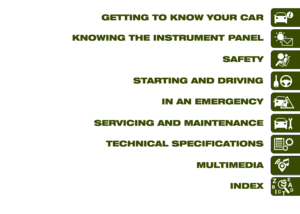 7
7 8
8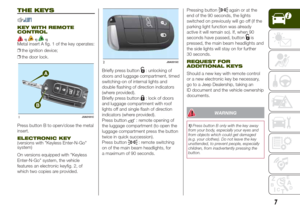 9
9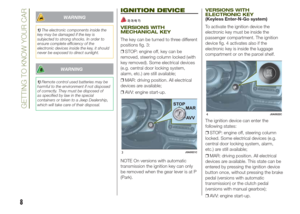 10
10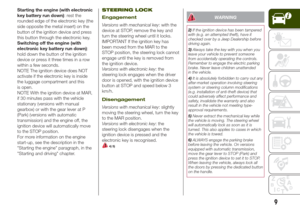 11
11 12
12 13
13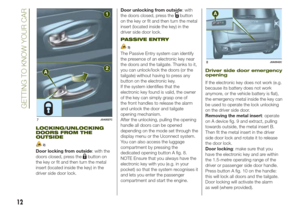 14
14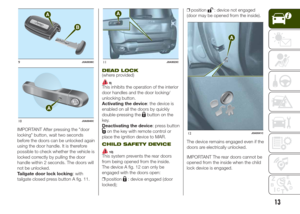 15
15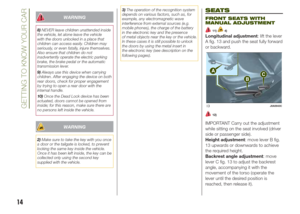 16
16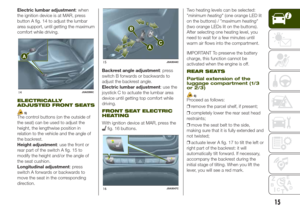 17
17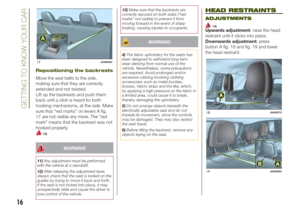 18
18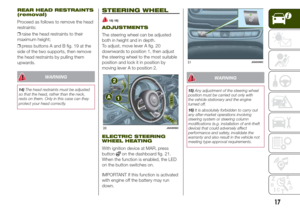 19
19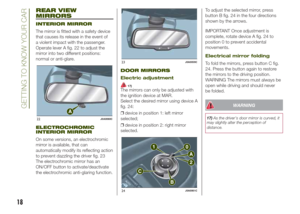 20
20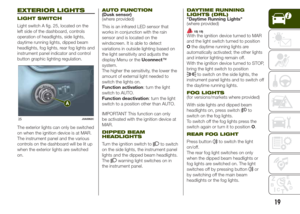 21
21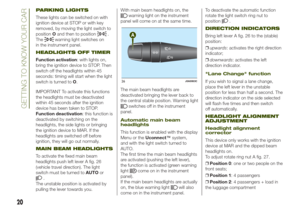 22
22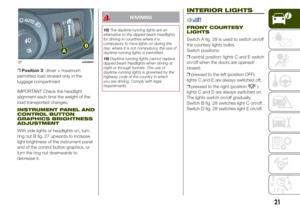 23
23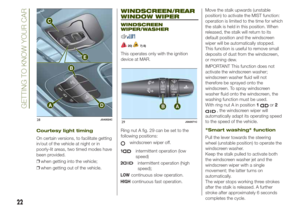 24
24 25
25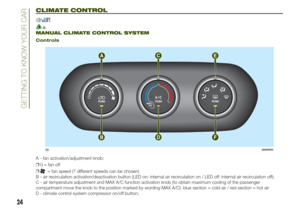 26
26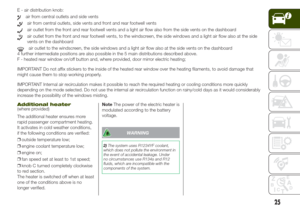 27
27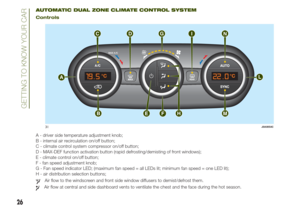 28
28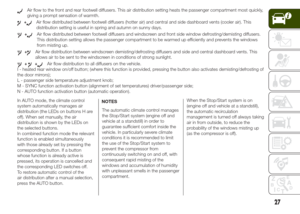 29
29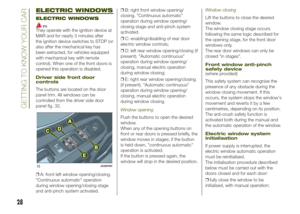 30
30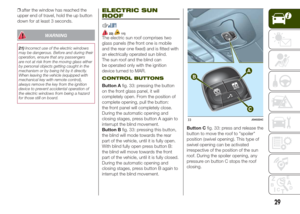 31
31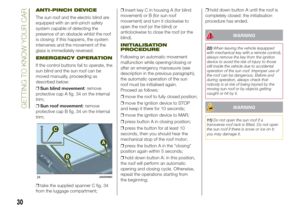 32
32 33
33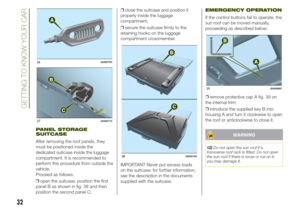 34
34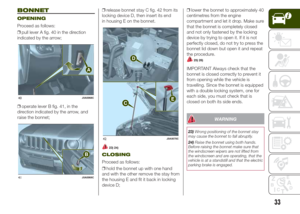 35
35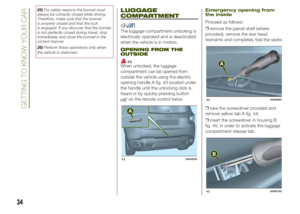 36
36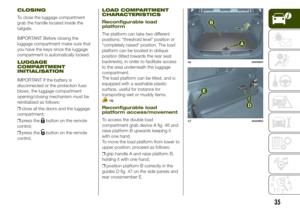 37
37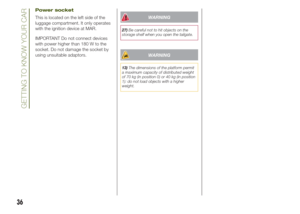 38
38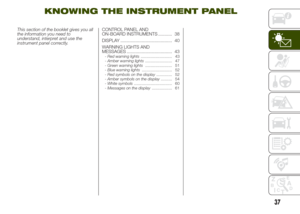 39
39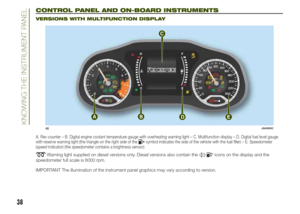 40
40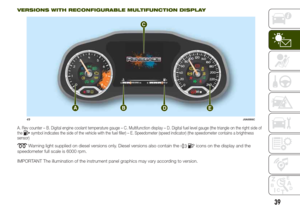 41
41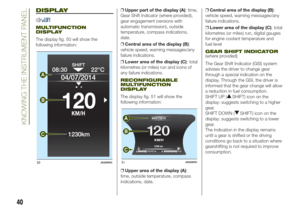 42
42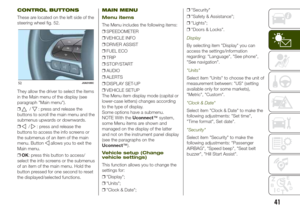 43
43 44
44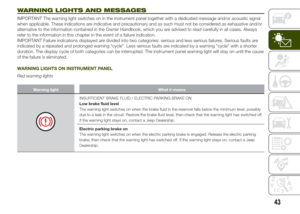 45
45 46
46 47
47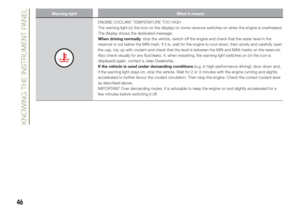 48
48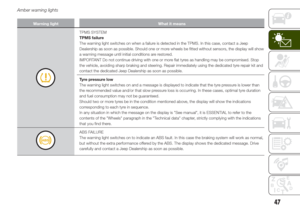 49
49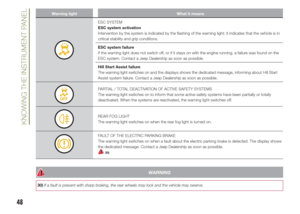 50
50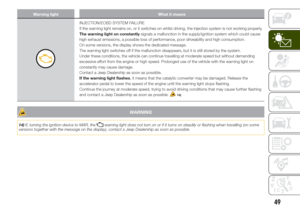 51
51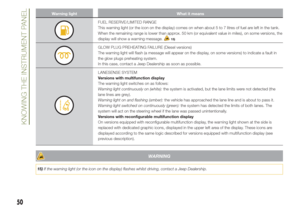 52
52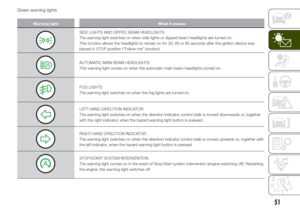 53
53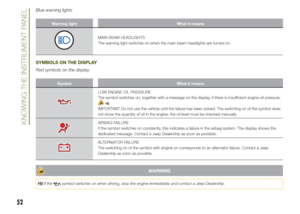 54
54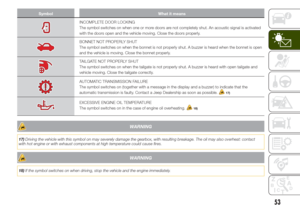 55
55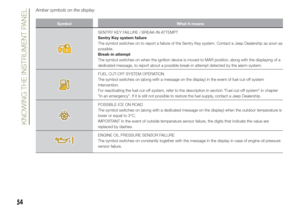 56
56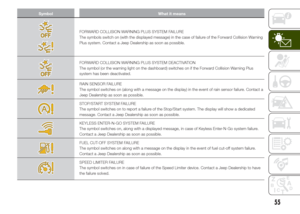 57
57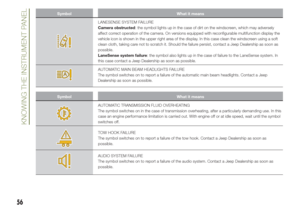 58
58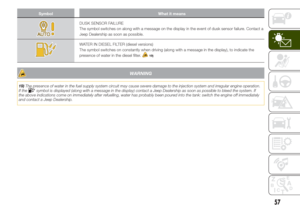 59
59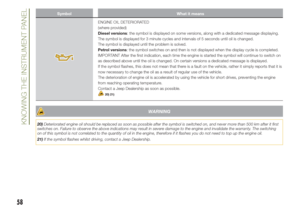 60
60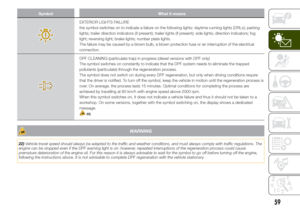 61
61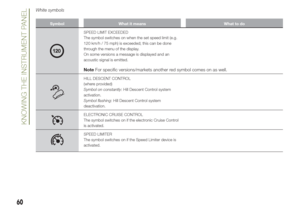 62
62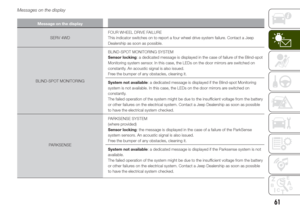 63
63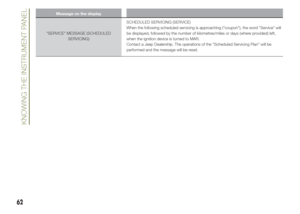 64
64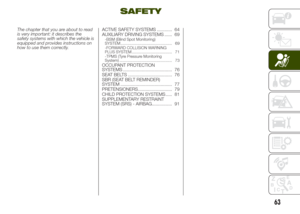 65
65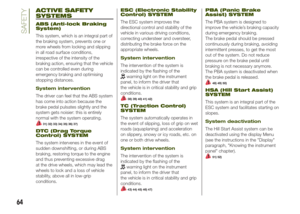 66
66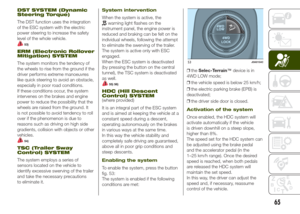 67
67 68
68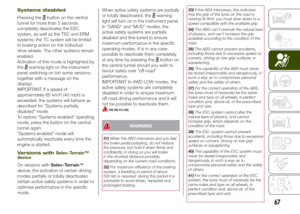 69
69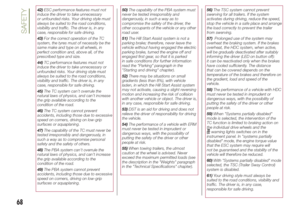 70
70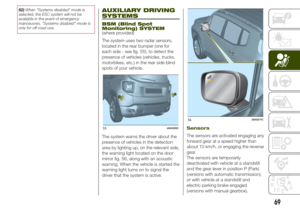 71
71 72
72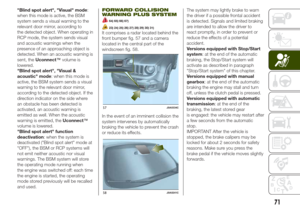 73
73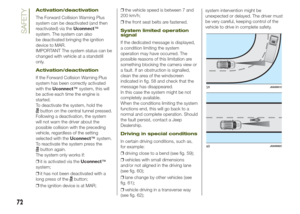 74
74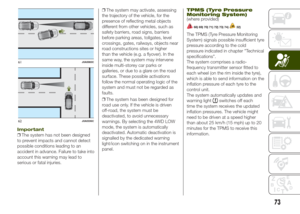 75
75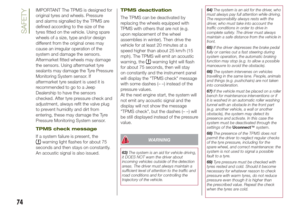 76
76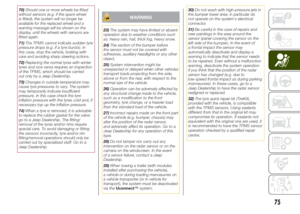 77
77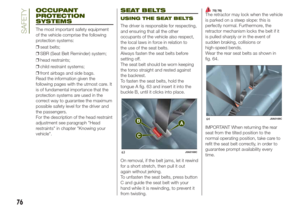 78
78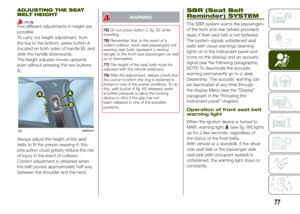 79
79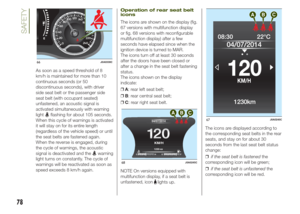 80
80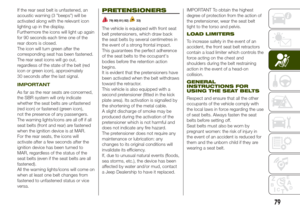 81
81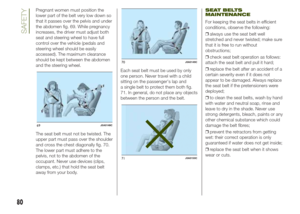 82
82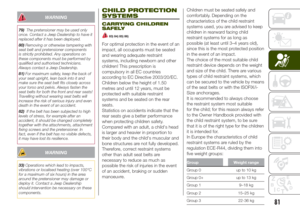 83
83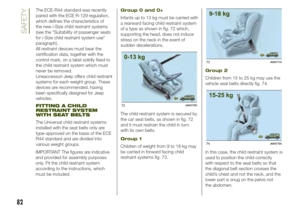 84
84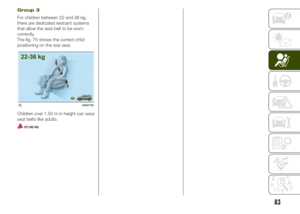 85
85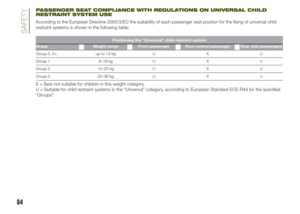 86
86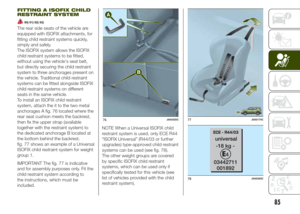 87
87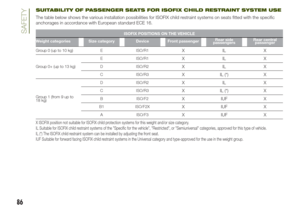 88
88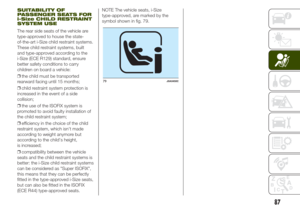 89
89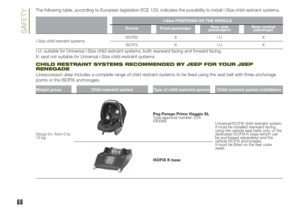 90
90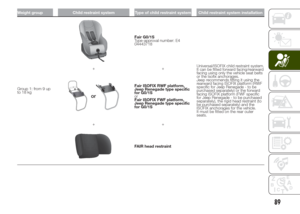 91
91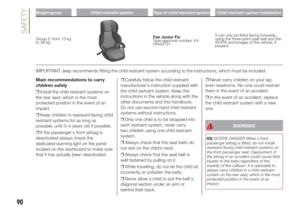 92
92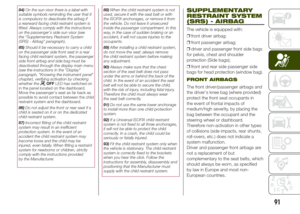 93
93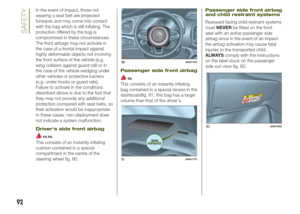 94
94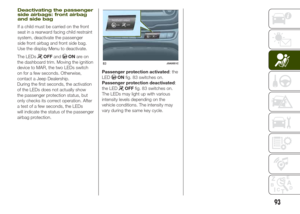 95
95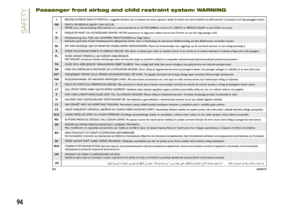 96
96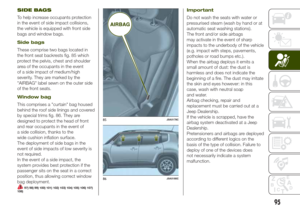 97
97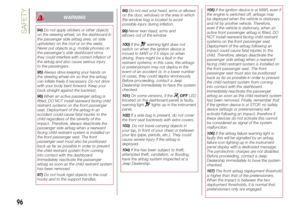 98
98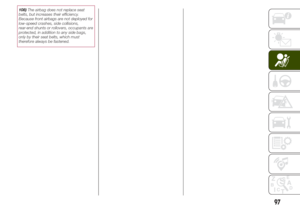 99
99 100
100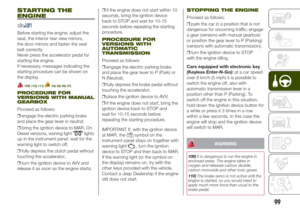 101
101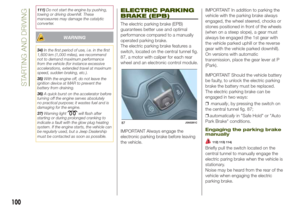 102
102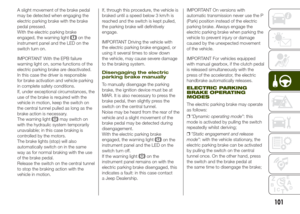 103
103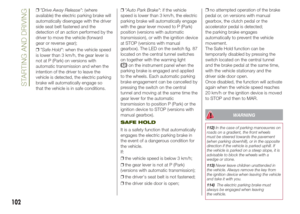 104
104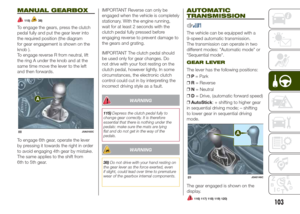 105
105 106
106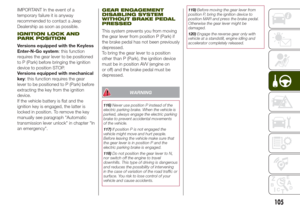 107
107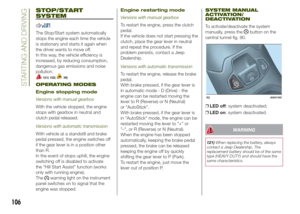 108
108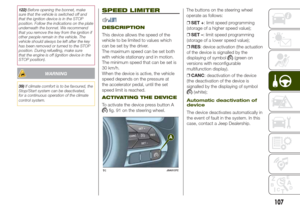 109
109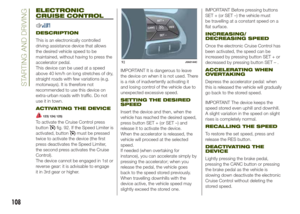 110
110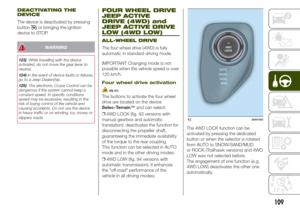 111
111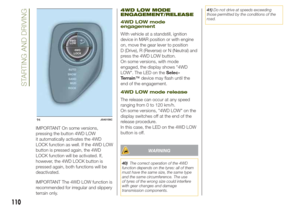 112
112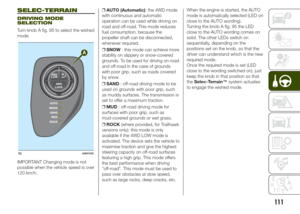 113
113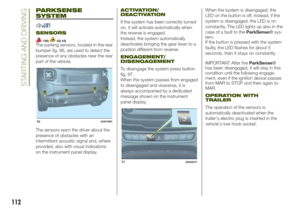 114
114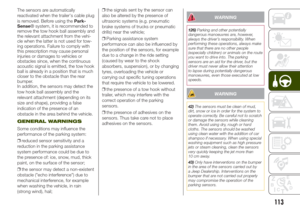 115
115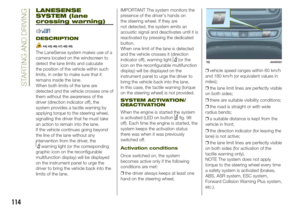 116
116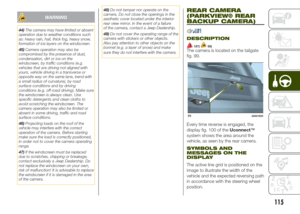 117
117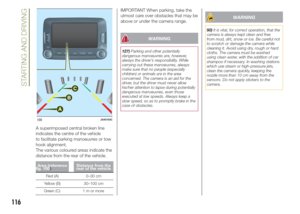 118
118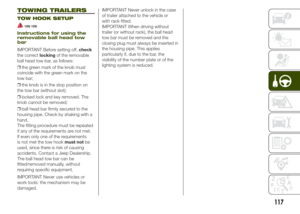 119
119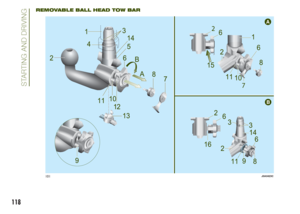 120
120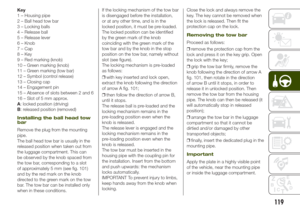 121
121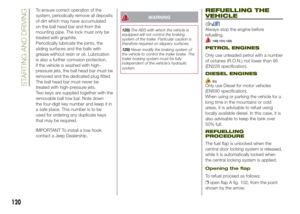 122
122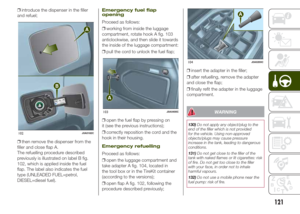 123
123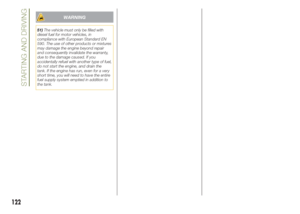 124
124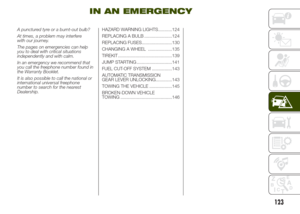 125
125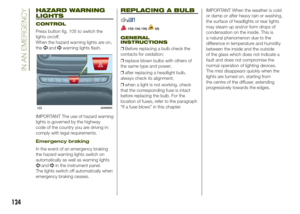 126
126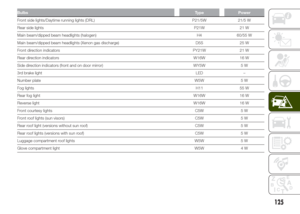 127
127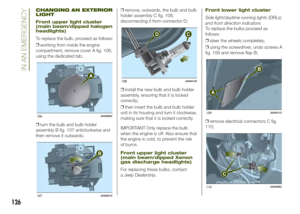 128
128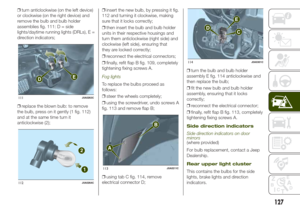 129
129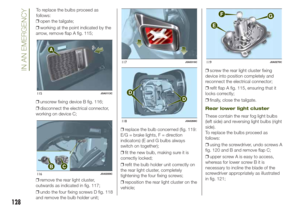 130
130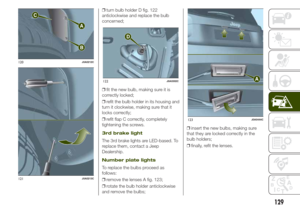 131
131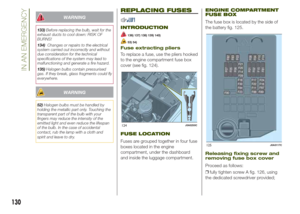 132
132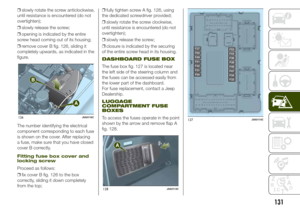 133
133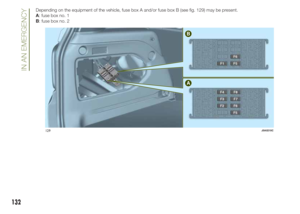 134
134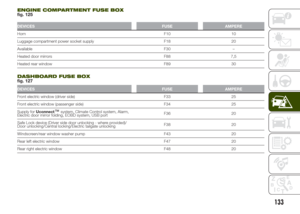 135
135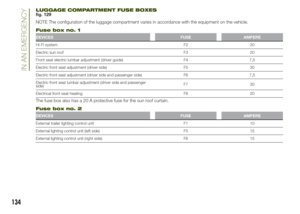 136
136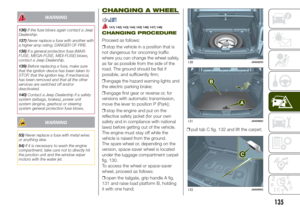 137
137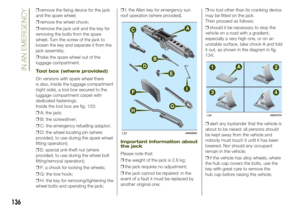 138
138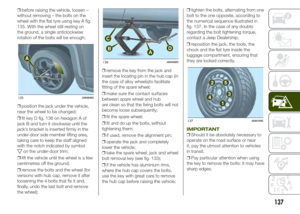 139
139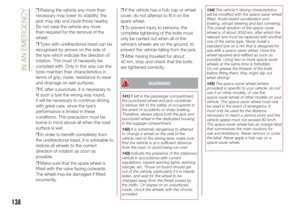 140
140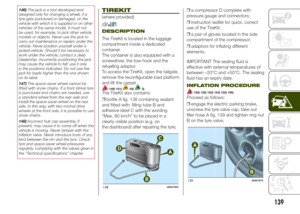 141
141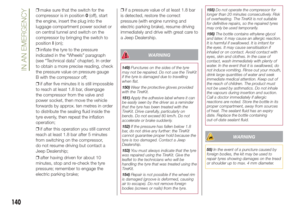 142
142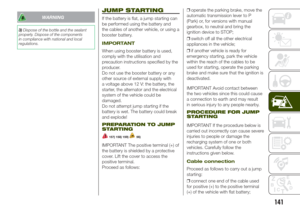 143
143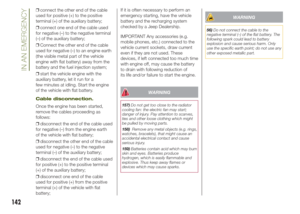 144
144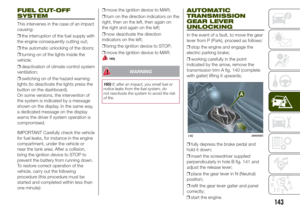 145
145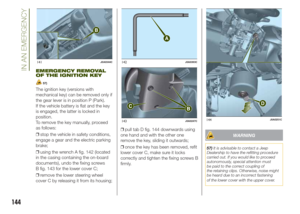 146
146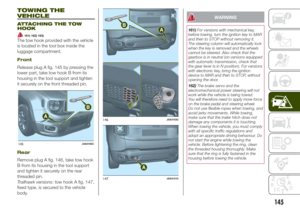 147
147 148
148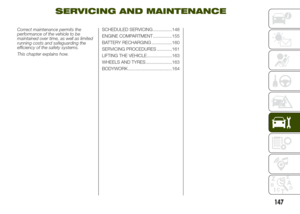 149
149 150
150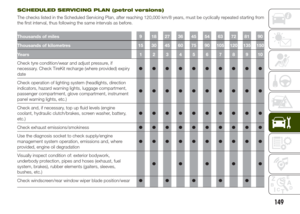 151
151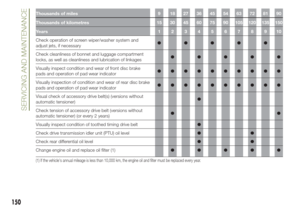 152
152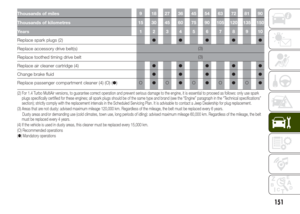 153
153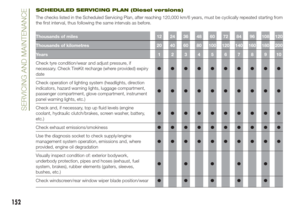 154
154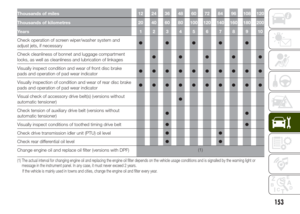 155
155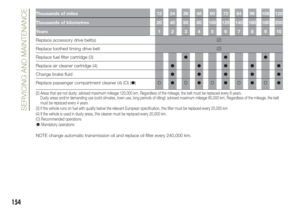 156
156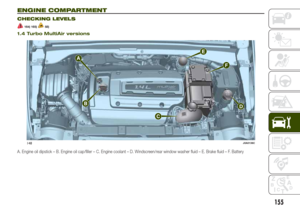 157
157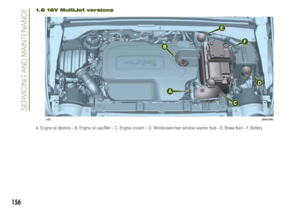 158
158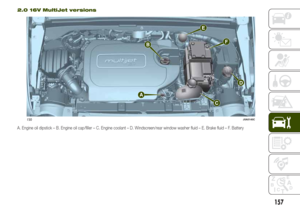 159
159 160
160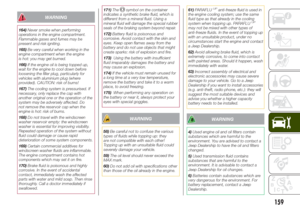 161
161 162
162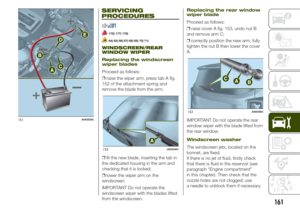 163
163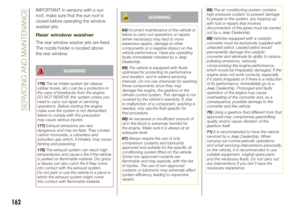 164
164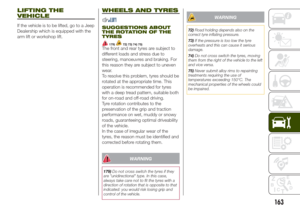 165
165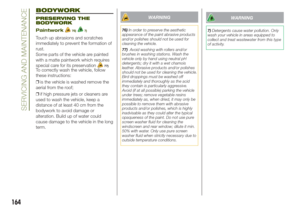 166
166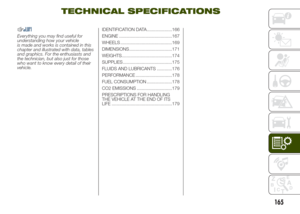 167
167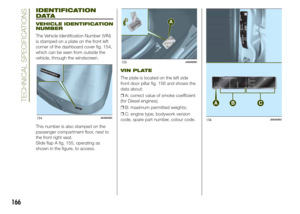 168
168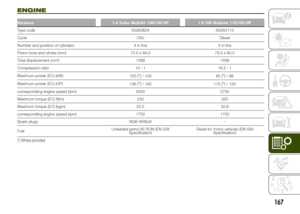 169
169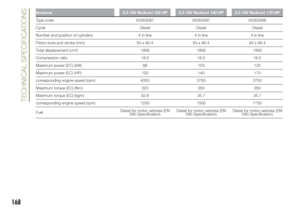 170
170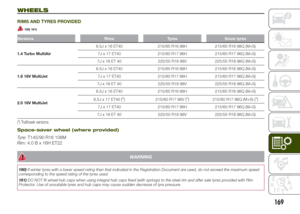 171
171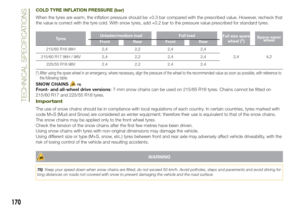 172
172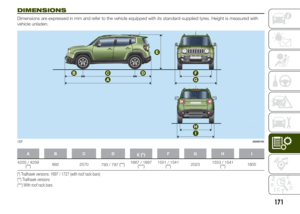 173
173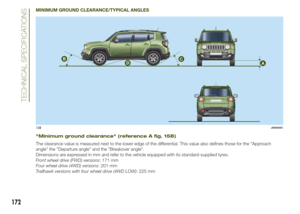 174
174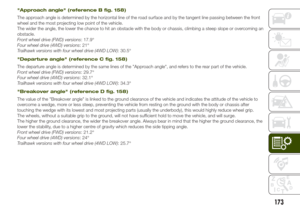 175
175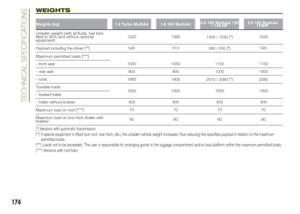 176
176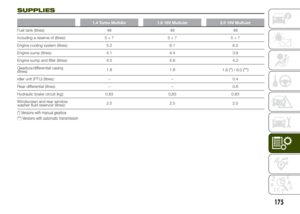 177
177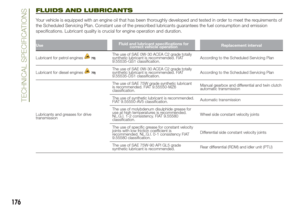 178
178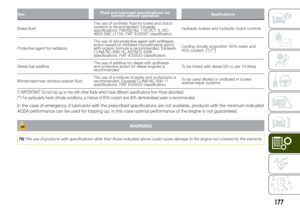 179
179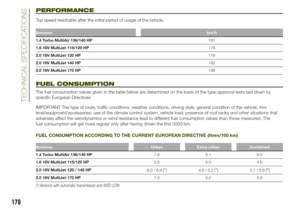 180
180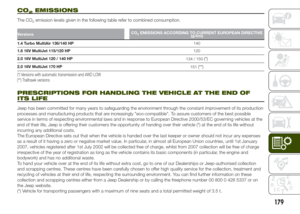 181
181 182
182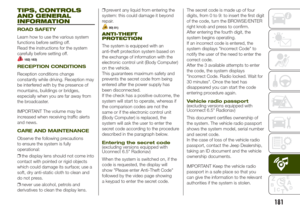 183
183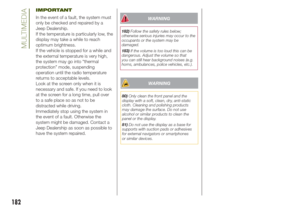 184
184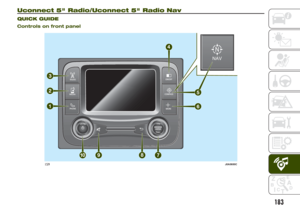 185
185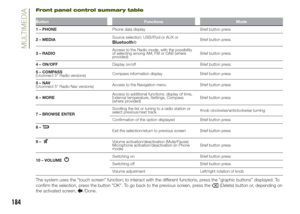 186
186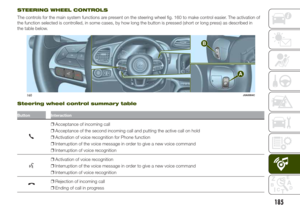 187
187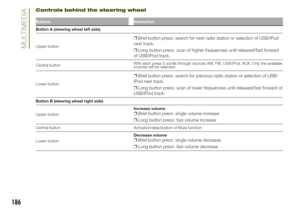 188
188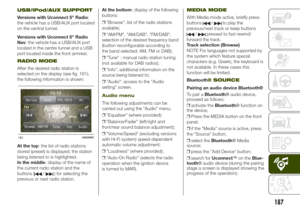 189
189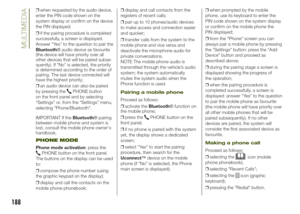 190
190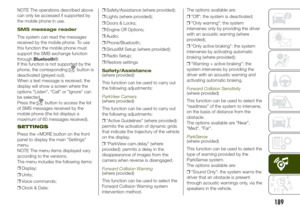 191
191 192
192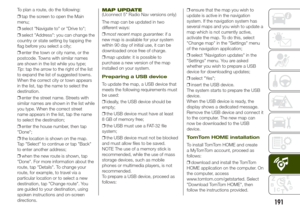 193
193 194
194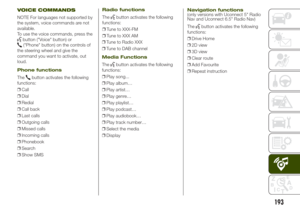 195
195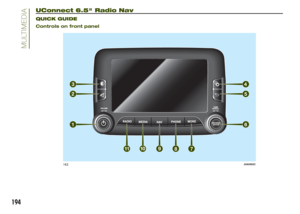 196
196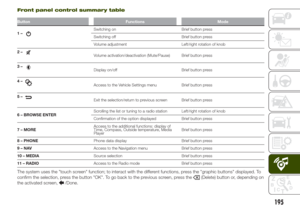 197
197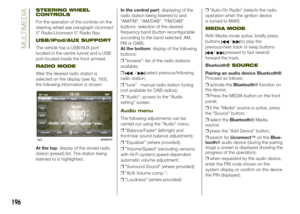 198
198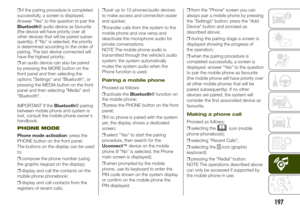 199
199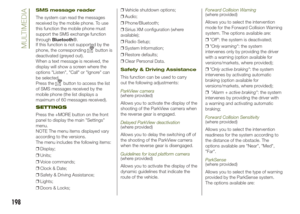 200
200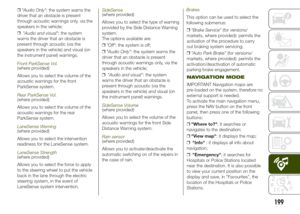 201
201 202
202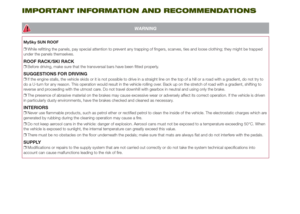 203
203 204
204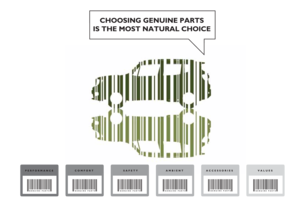 205
205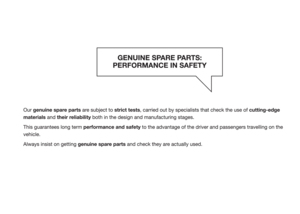 206
206 207
207 208
208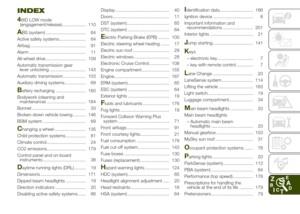 209
209 210
210 211
211






